Separate program for
planes and spatial figures

KIWAMI Geometry
Step-by-step learning that covers everything from difficult-to-enter high school entrance exams to high school preparatory level.
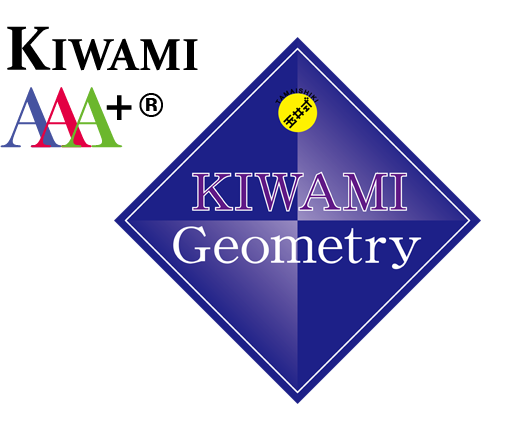
 KIWAMI Geometry
KIWAMI Geometry
Features
"KIWAMI Geometry", the standard for learning geometry, has evolved further,
attracting attention not only in Japan but also overseas educational fields.

Separate programs for plane and spatial figures
Grades 1 to 3 correspond to the level of 1st to 3rd graders of junior high school, and are organized separately for plane shapes and spatial figures, allowing students to learn each figure systematically step by step. Each textbook is also divided into two volumes.
*Grade 4 to 6 will be one textbook each.


The textbook has grid pages to aid thinking.
In the process of solving geometric problems, it is important to record thought processes by drawing diagrams and carefully writing down the equations along the way. Writing on the grid page organizes your thoughts and makes it easy to review them.


A thoughtful array of questions that aids the development of images to thoughts.
The first step is to understand the shapes, and then gradually move up to application problems. This course is designed to help students visualize the shapes in their minds, even if they saw the shapes for the first time.


Utilizing not only formulas but also animations to help develop thinking skills.
In junior high school, learning tends to be just memorizing formulas, but our easy-to-understand animations make it easier to understand. Students feel fun in learning mathematics, which encourages them to be interested in mathematics.


More than 1,000 questions in total, going beyond hard-to-get-in private high school entrance exam questions to the high school level.
We analyzed the entrance examinations for public high schools, as well as private high schools throughout Japan. Through this, we carefully selected problems from basic to high levels. Through a systematic study, students will develop the ability to visualize and find solutions to complex graphic problems without giving up.
Graded Materials not Based on School Year
Since the material grades are not based on school year levels, students can learn according to their level of understanding.
Children's understanding of shapes and algebra can vary greatly, so the learning process must be carefully tailored to their level of understanding. For this reason, "KIWAMI AAA+" has adopted a promotion system for its curriculum that is not based on the school year of students. In this system, students can study in advance or review whenever it is needed for them. By studying "Ultimate Algebra" from grades 10 to 1, students will eventually be able to solve problems they wouldn't have learned until much later in their schooling.
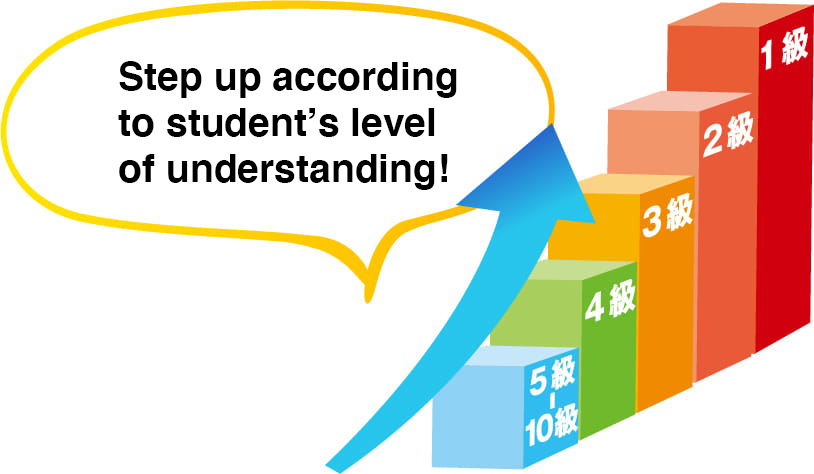
By separating "shapes" and "algebra" into two fields, students can learn math systematically.
While your child's “Geometric Thinking” is being developed, spatial awareness also improves at the same time. Spatial awareness is one of the abilities to imagine things from scratch and visualize the invisible. This is heavily related to the concept of time and creativity and could result in better management skills and creativity. For example, children will begin to think like "I can do this within thirty minutes," or "I can put a chair of this size in this room". All are related and thus, this knowledge can be applied in settings outside of school. "KIWAMI AAA+" focuses not only on teaching knowledge required for entrance examinations but also nurtures spatial awareness, an essential skill for the real world and their future.
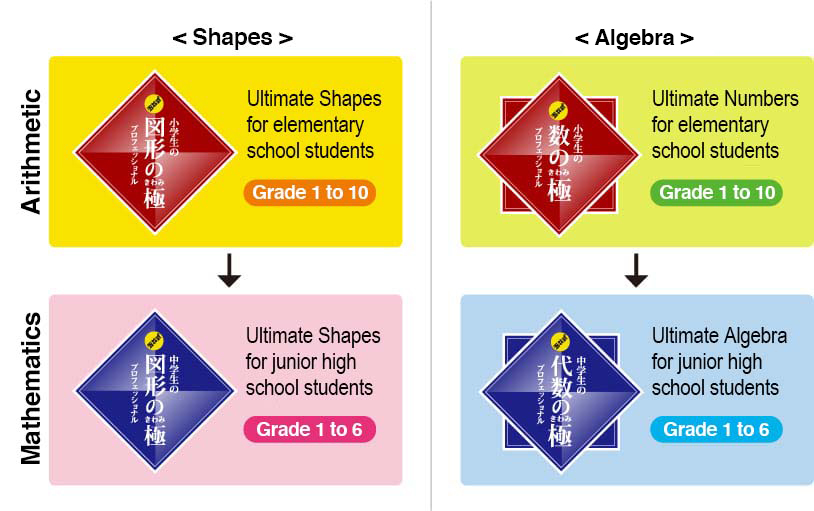
Tablet × Textbook
Hybrid Learning
The "AAA" in "KIWAMI AAA+" respectively represents "AI (Artificial Intelligence)," "Animation," and "AR (Augmented Reality)." The "+" symbolizes the textbook, which will be used in addition to the "AAA". Using our app and website, students will be able to learn math with integrated lessons taught by a teacher and accompanied by an animated video that makes studying easier and more fun. Furthermore, students will also repeatedly review the contents of their textbook, making their study sessions more effective.
-
AI
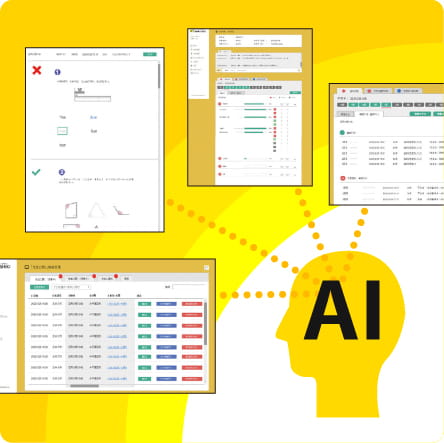
-
Animation
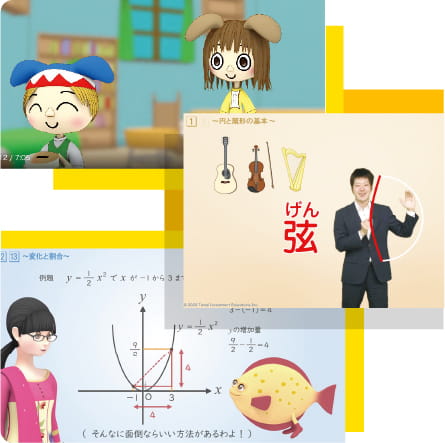
-
AR
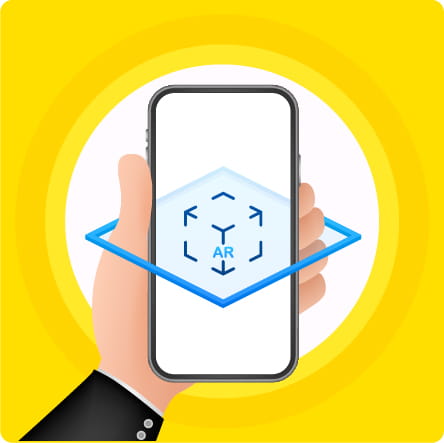
-
+Text
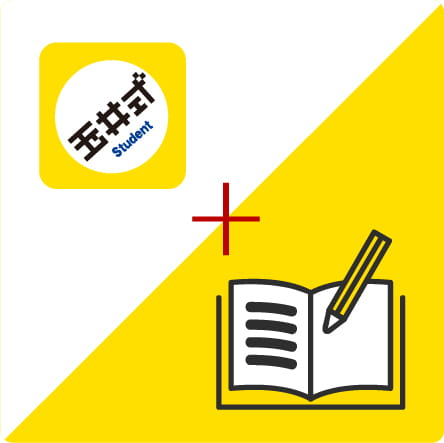
-
AI AI will accumulate data about students' learning process
The AI analyzes each student's strengths and weaknesses, which will be utilized to customize problems. One example of this being used is the review problems to step up to an upper level. The longer they use the app, the more personalized it will be.
-
Animation Study while watching animation
Introduction, hints, and explanations for problems integrate real-life teachers and animations in videos.
-
AR AR is utilized to foster imagination
Two-dimensional shapes will turn 3D through the tablet's camera. Being able to move and look at the shape from every angle helps visualize shapes in the mind.
-
+Text App + Textbook
Contents of the textbook are integrated into the app for iPad. We have an app version and a website version. (AR function and "play with shapes" can't be used in the website version.)
-
Spiral Learning
By using this system, students will repeatedly work on similar problems and gradually start to challenge harder questions as they continue in their studies. In the end, students will become capable of solving complex problems. This trains them to work out the structure of a problem and solve it, even if they haven't memorized the formulas.
Effective Way to Use KIWAMI AAA+
Utilize hybrid learning by using both the textbook
and the app in tandem to make studying much more time-efficient.
-
Start the "app" you want to learn from and choose "textbook"
Log into KIWAMI AAA+ with your own account.
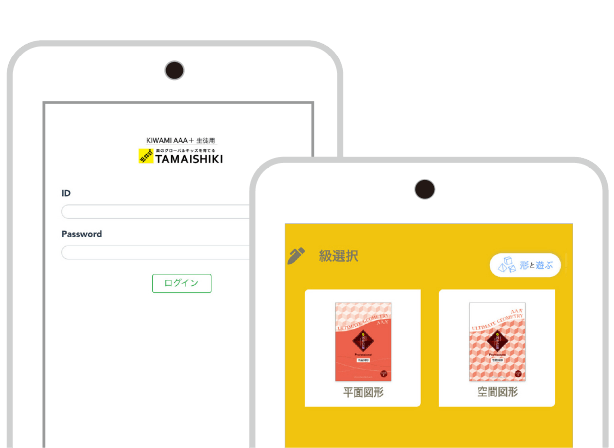
-
Choose the "field" you want to study
Once a textbook is chosen, a list of fields will appear.
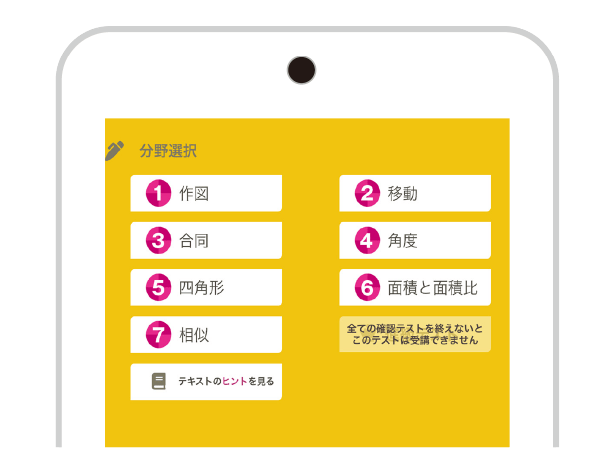
-
Choose the "unit" you want to study
Once you have chosen a field, next choose a unit to study. A learning progress is shown for each unit. If all the progress turns into 100%, you can take the "Check your knowledge test".
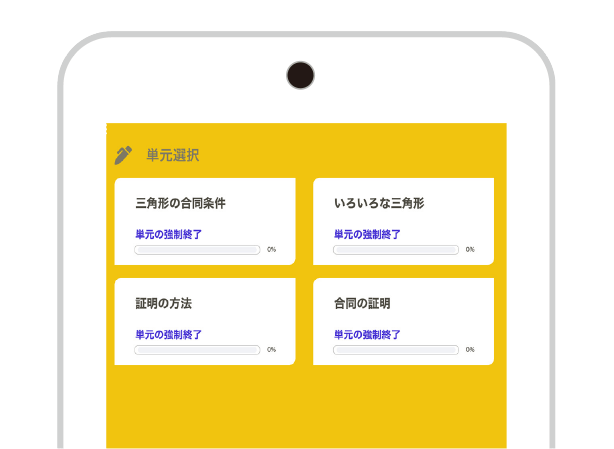
-
Watch the introduction videos and challenge the problems in the app
When starting a new unit, try solving the problems right after watching the introduction video. Please start with the ones in the app. Videos for "hints" and "explanation" are also available.
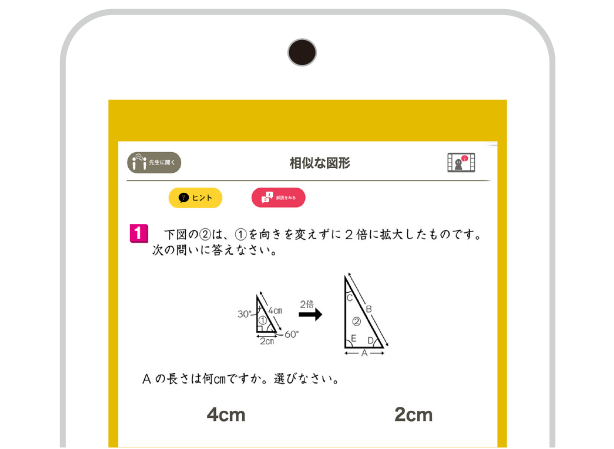
-
Review the field you studied using the textbook
You will be writing directly in the textbook for this step. By taking time to fill notes in your textbook physically, knowledge will be further reinforced.
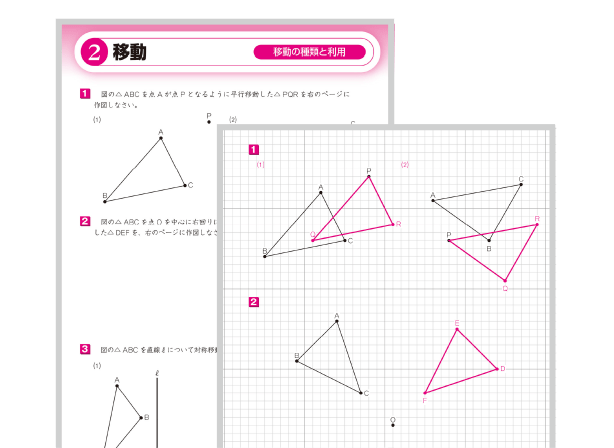
-
Challenge the "Check your knowledge" test, and the "step up" test
Take a "Check your knowledge" test for each field. Once you pass all of the "Check your knowledge" test you can take the "Step up" test. For the "Step up" test, Artificial Intelligence will pick and ask about problems the students have struggled with in the past. If you pass this personalized test for you, off you go to the next grade!
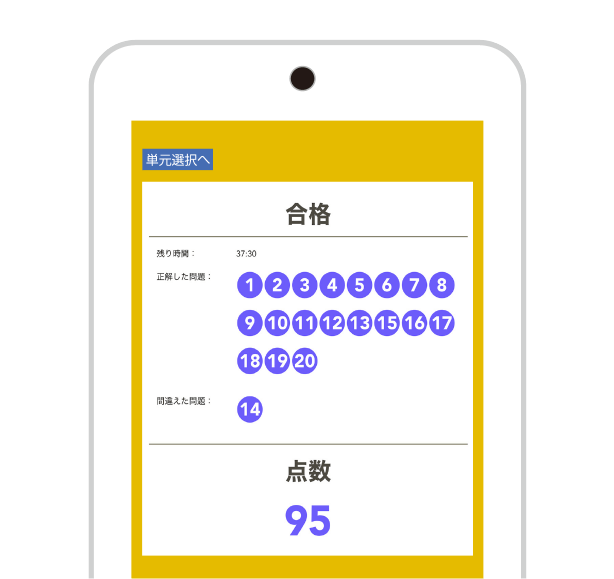
FAQ
About KIWAMI Geometry
Where can I study KIWAMI Geometry?
Please contact your nearest tutoring school. You can check it in "Serch for Tutoring Schools".
Are there tests?
Two types of tests "Check your knowledge" test and "Step up" test are provided. "Check your knowledge" test is to assess students' progress in the subject. The "Step up" test is to examine their proficiency to see if they are ready for the next grade. Students can take the tests on either a PC or a tablet device.
